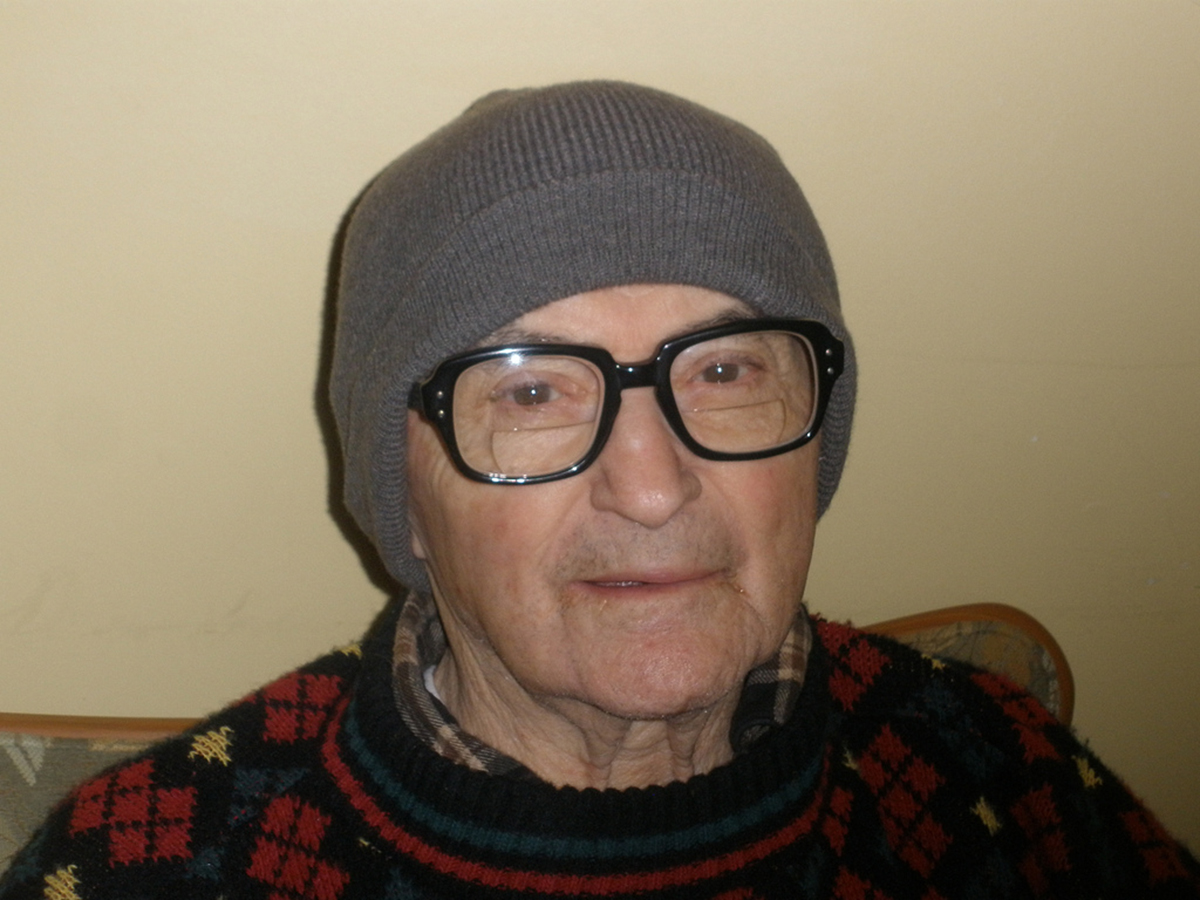Table of Contents
So our program has to be adaptable to the relevant population. It can't be highly technical. It can't be highly time consuming and it can't require specialised equipment or access to training facilities. People won't do much to prevent an injury or illness until they get it. Don't believe me? Just look what happened to the rates of cigarette smoking when they found out it causes cancer. Now look at what happened when they put up the taxes on a pack of 20 til no-one could afford it. Smokers who didn't object to cancer suddenly found they couldn't stomach the price rises. When it was banned in public spaces the effects were even more pronounced. Die later, probably? Whatever. Get cold tonight? No way. I say this without judgement, as an ex-smoker: we're not dumb, but we sure do act dumb. Good luck selling people on the idea of preventative training until something happens to someone they know.

So here's my suggested program: let's build it around practicing the intended movement. Let's make a program that's built around getting onto and off the floor. Not everyone has therabands or a range of kettlebells, but most people have a floor.
The Program
Start standing in a comfortable position. Put one hand on the ground. Stand back up and repeat on the other side for five or ten times each side. When that's easy — as in, not out of breath, feel secure all the way through the movement — start putting a hand on the ground, then one knee. Then when that's easy, move on to putting the other knee on the ground and moving onto all fours.
When you're on all fours, lift one knee and put the opposite buttock on the ground. Transfer your weight to your backside and sit on the ground, taking your hands off the floor if you can. Again, try to do this for five to ten repetitions either side most days.
When this is easy, move on to actually lying on the floor on your back and sides and even your front if you can, then returning to standing. You should never need more floor space than it takes to lie down in, and you can do this any time of day it suits you.
The Rationale
The best way to avoid a fall is to have good balance. That's a result of the muscles in your hips and legs being "awake" — neurologically engaged and feeding you reliable signals about what's going on — and strong enough to respond and keep you on your feet when a foot slips or an ankle turns over.
See Also: Inactivity More Deadly Than Obesity, New Study Finds
Finally, the best way to survive a fall is to know how to get up again. The nightmare for elderly people is a fall in the living room or hallway when they can't reach a phone. If you're injured, being confident getting up gives you a way better chance of getting the help you need. And if you do this drill every day you'll have better muscle tone, soft tissue quality and bone density which means even if you do fall you're less likely to be hurt.
- Photo courtesy of Waitscm via Flickr: www.flickr.com/photos/chriswaits/7150318855
- Photo courtesy of Tobyotter via Flickr: www.flickr.com/photos/78428166@N00/4214657199


Your thoughts on this